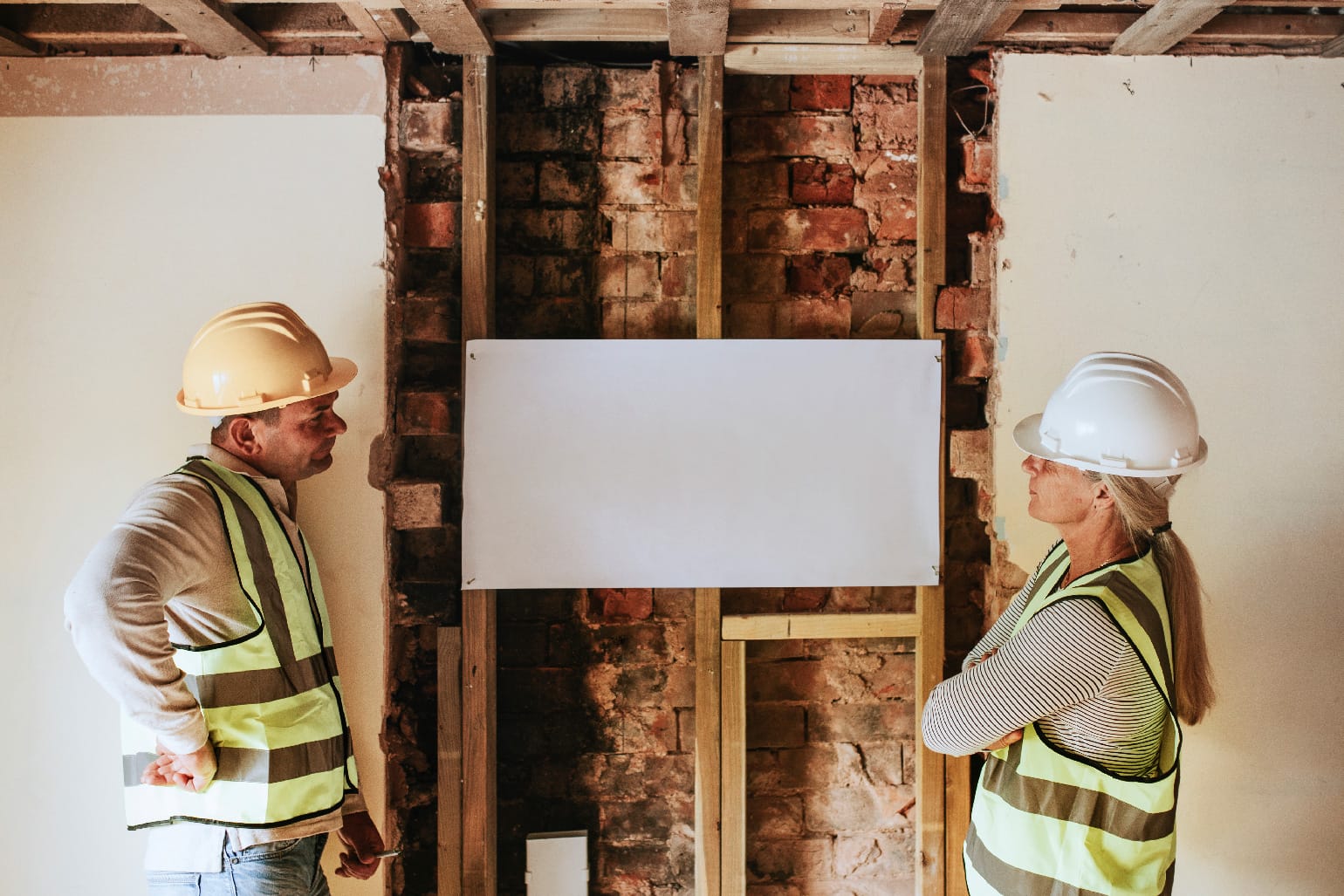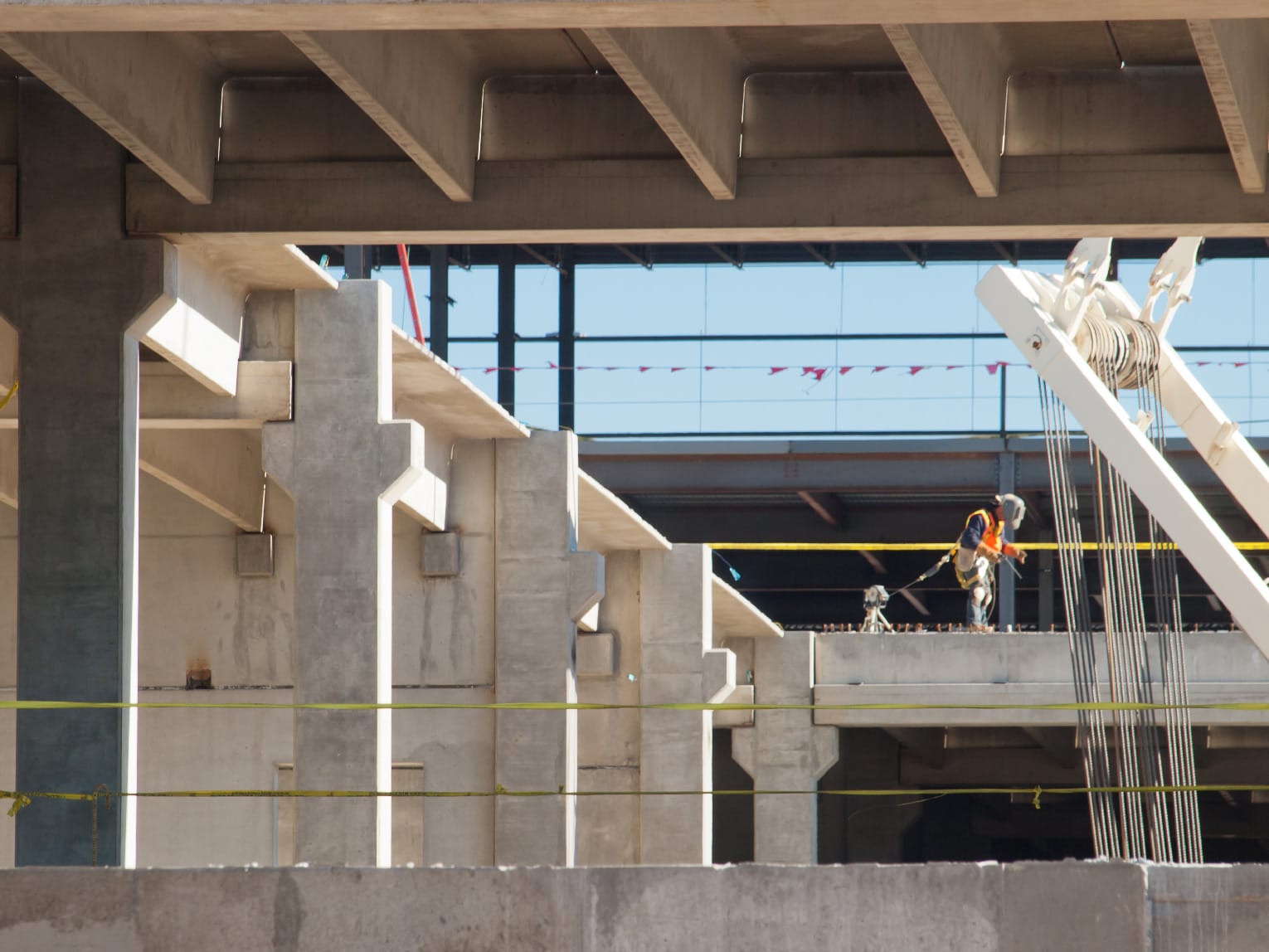The Importance of Routine Structural Inspections
The Importance of Routine Structural Inspections
Structural inspections are a cornerstone of maintaining the safety, functionality, and longevity of any building. Over time, environmental stressors, material wear, and unforeseen damages can compromise a structure’s integrity, making regular assessments essential. These evaluations not only ensure compliance with safety standards but also help identify potential issues before they escalate into costly repairs.
Why Routine Inspections Matter
- Safety Assurance
Regular structural checks help identify weaknesses, such as cracks or material degradation, ensuring the safety of occupants and users. - Cost-Effective Maintenance
Detecting and addressing minor issues early can prevent extensive damage, saving both time and money in the long run. - Regulatory Compliance
Many local laws and codes require periodic structural evaluations, particularly for commercial or public buildings. Inspections help ensure compliance with these regulations. - Sustainability
Inspections help prolong a building’s lifespan by ensuring that structural components are maintained, reducing the need for resource-heavy replacements.
Key Components of a Structural Inspection
- Foundation
The foundation is the backbone of any structure. Inspections check for settlement, cracks, or water damage that could compromise its stability. - Load-Bearing Elements
Columns, beams, and walls are examined for signs of stress or overloading, which could affect the building’s overall strength. - Roof and Flooring
Inspectors assess these areas for wear, leaks, or sagging, ensuring that they continue to support the building’s integrity. - Seismic and Wind Resistance
In regions prone to natural disasters, inspections evaluate the building’s ability to withstand seismic activity or high winds. - Material Degradation
Concrete, steel, and wood are inspected for corrosion, rot, or other signs of aging that could affect their performance.

Common Issues Detected During Inspections
- Cracks in Structural Elements
These may indicate settling, overloads, or other underlying problems. - Water Damage
Persistent moisture can lead to material weakening, mold growth, and long-term damage. - Corrosion of Metal Components
Steel elements may corrode due to exposure to moisture or chemicals, reducing their load-carrying capacity. - Foundation Settling
Uneven settling can cause cracks and misalignments in the building’s structure.
Frequency of Inspections
The frequency of structural inspections depends on several factors:
- Age of the Building: Older structures may require more frequent evaluations.
- Building Use: Commercial and industrial buildings often face higher loads and stress, necessitating regular checks.
- Local Climate: Buildings in harsh or disaster-prone climates may need additional inspections.
Benefits of Professional Structural Inspections
- Expert Assessment
Licensed engineers use advanced tools and expertise to identify hidden issues that might be overlooked in casual checks. - Customized Recommendations
Inspectors provide tailored solutions for maintenance or repairs, ensuring long-term performance. - Peace of Mind
Regular evaluations offer reassurance that the building is safe and compliant with regulations.
Steps in a Structural Inspection
- Initial Consultation
Inspectors gather details about the building’s history, usage, and previous maintenance. - On-Site Evaluation
A comprehensive visual and technical assessment is conducted, examining critical structural elements. - Non-Destructive Testing (NDT)
Advanced techniques, such as ground-penetrating radar or ultrasound, are used to detect hidden flaws. - Report Generation
Inspectors compile findings into a detailed report, highlighting issues and recommending corrective measures.
Conclusion
Routine structural inspections are an investment in safety, longevity, and peace of mind. Whether for residential, commercial, or public buildings, these evaluations help detect and mitigate risks, ensuring structures remain safe, efficient, and compliant. Regular inspections also minimize repair costs and extend a building’s life, making them a crucial part of responsible property management.
By working with experienced professionals, building owners can safeguard their properties and create a secure environment for all users.




